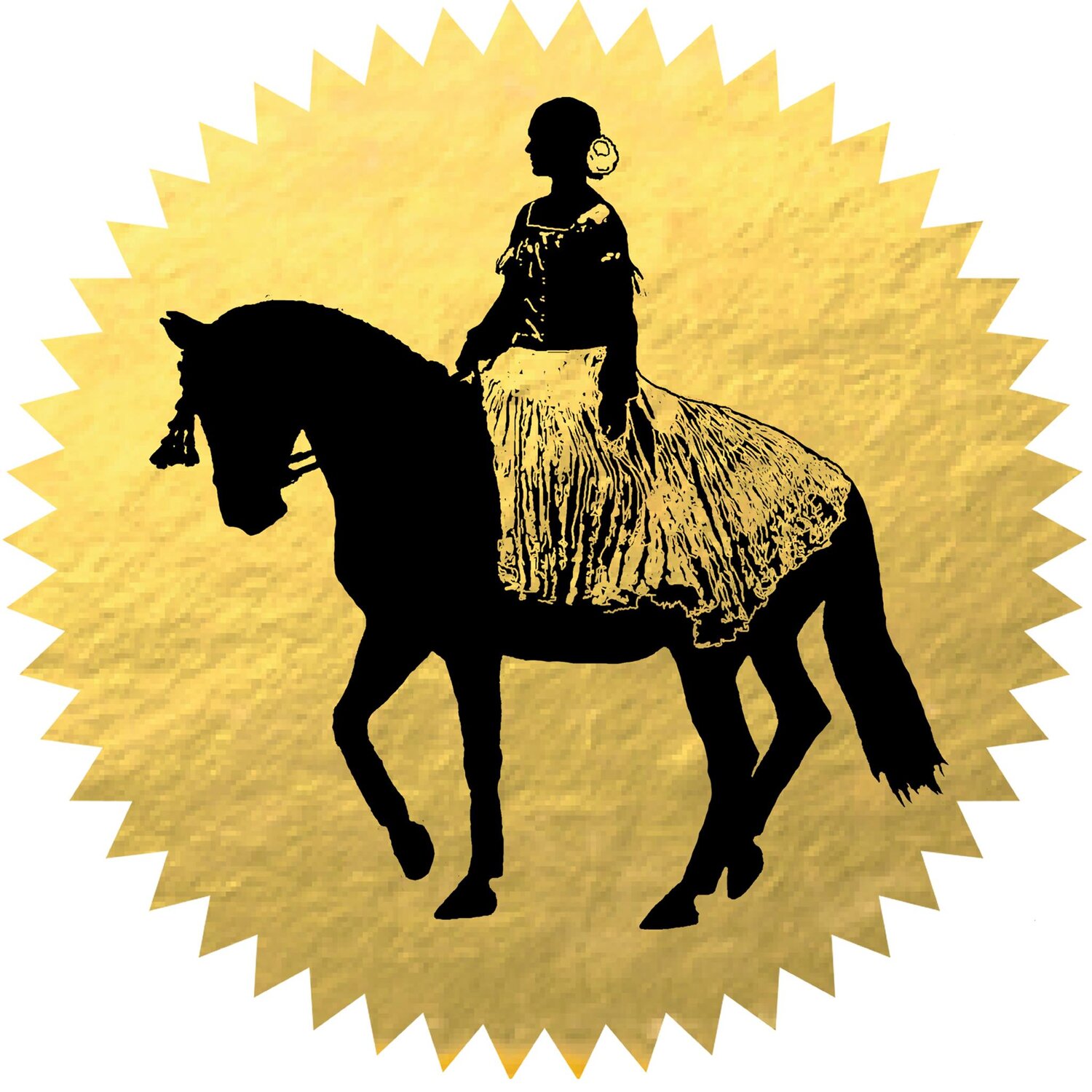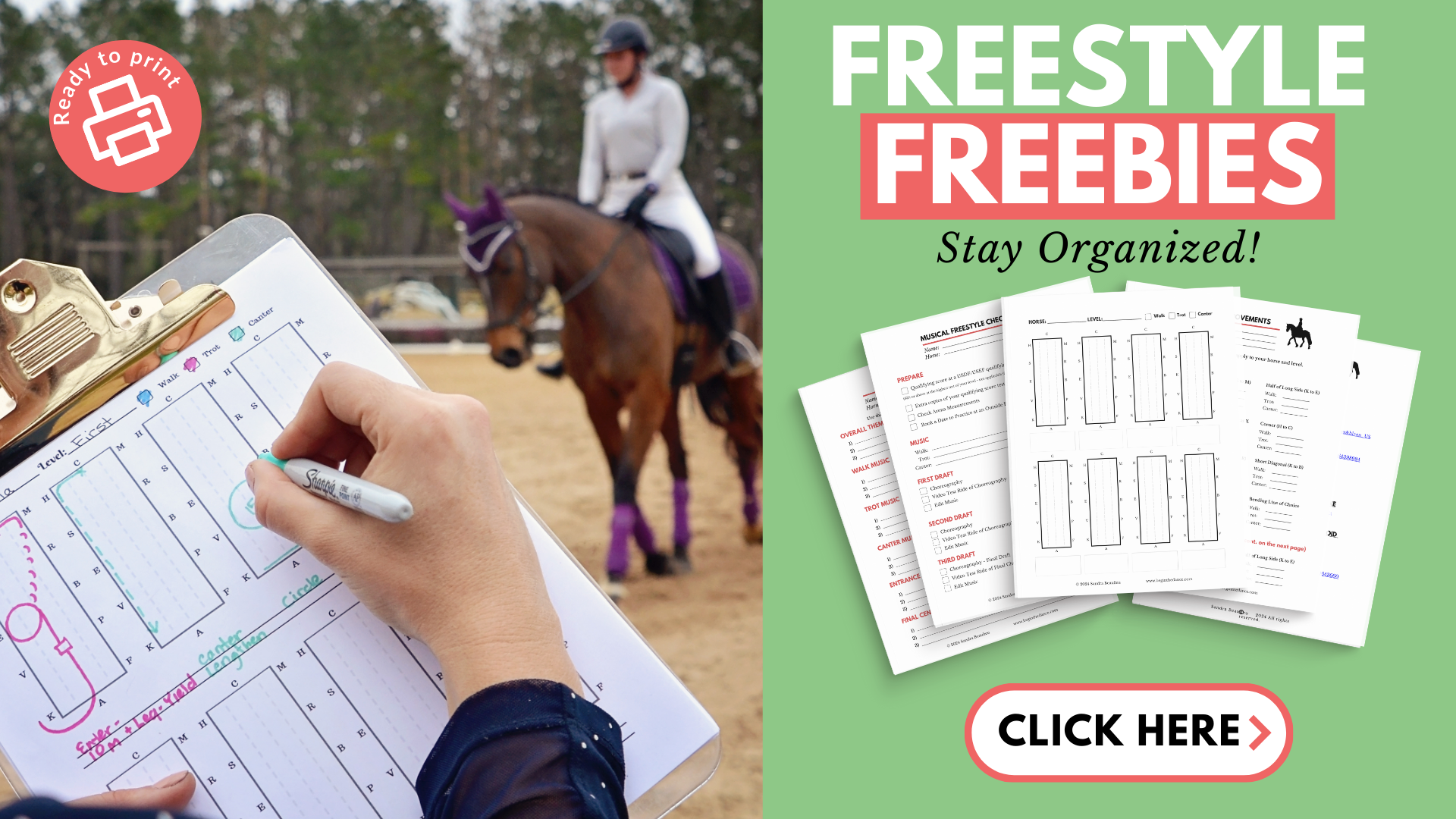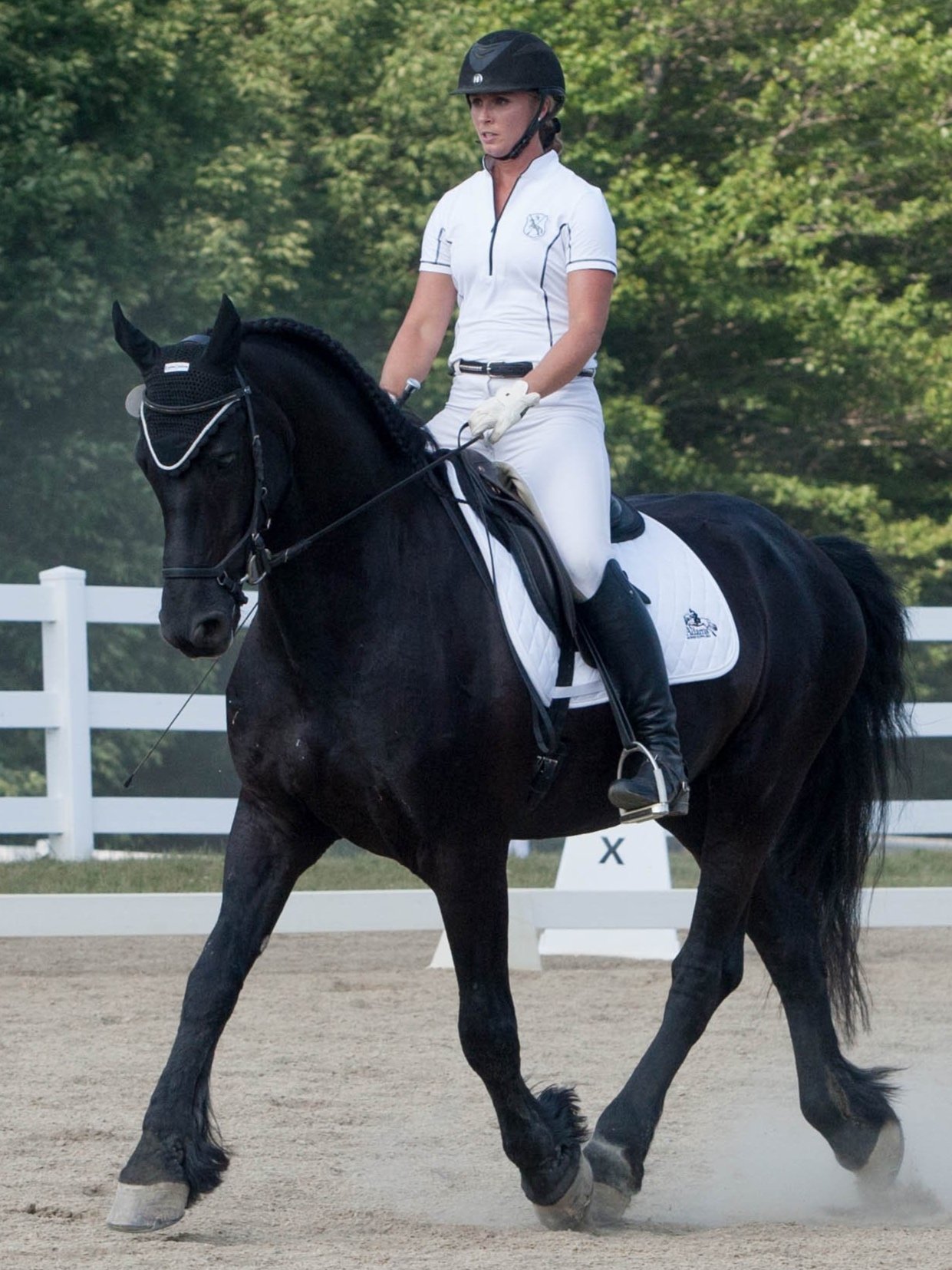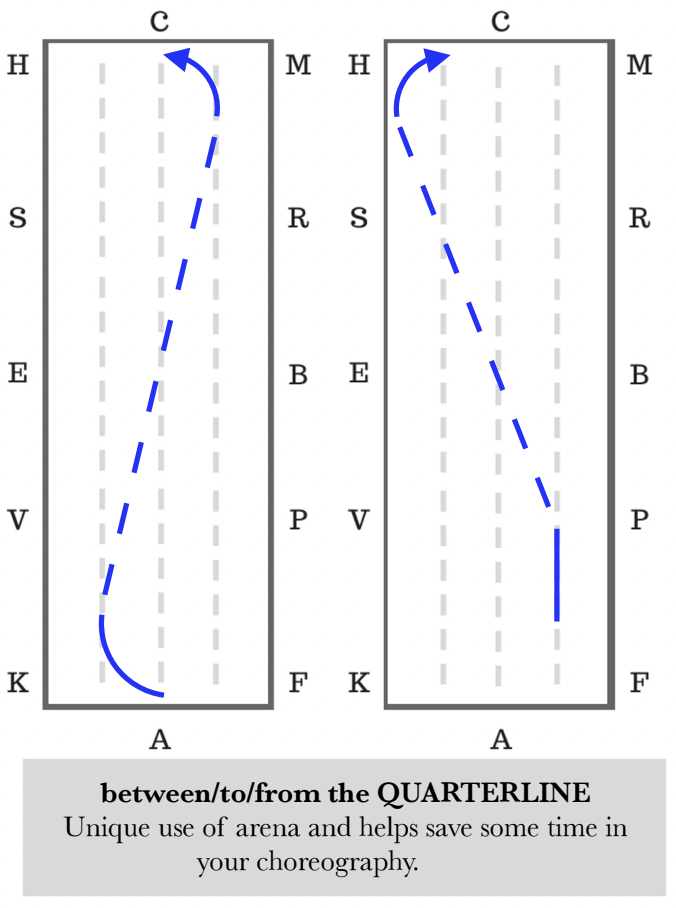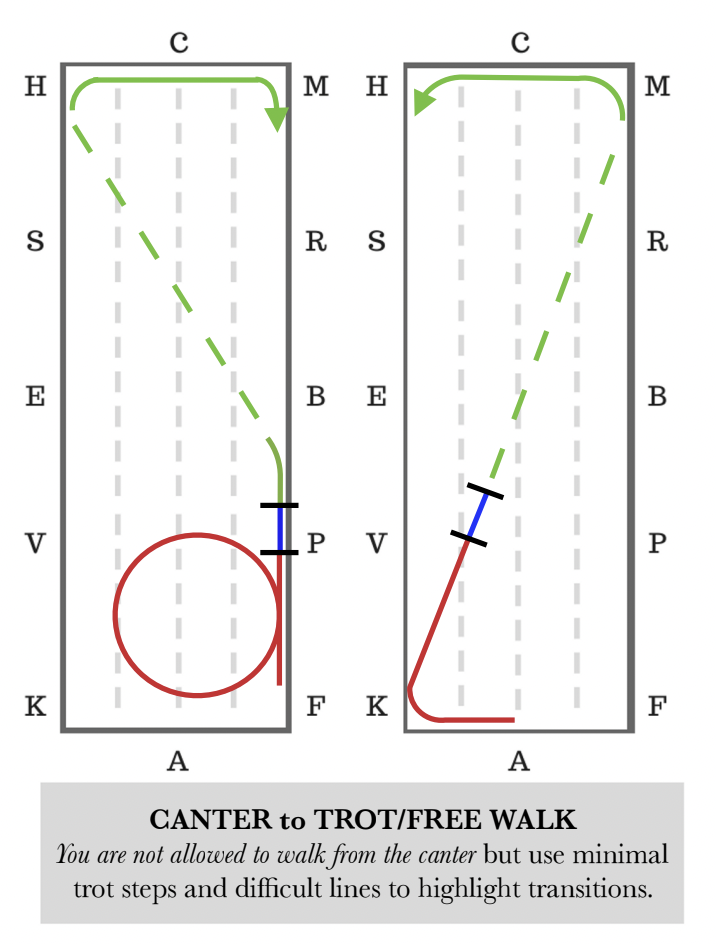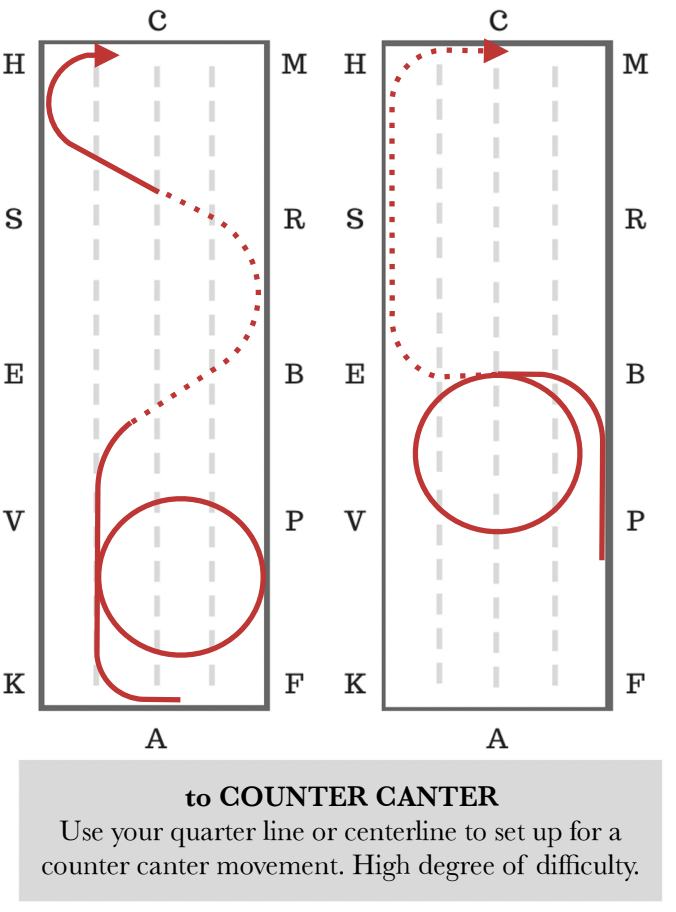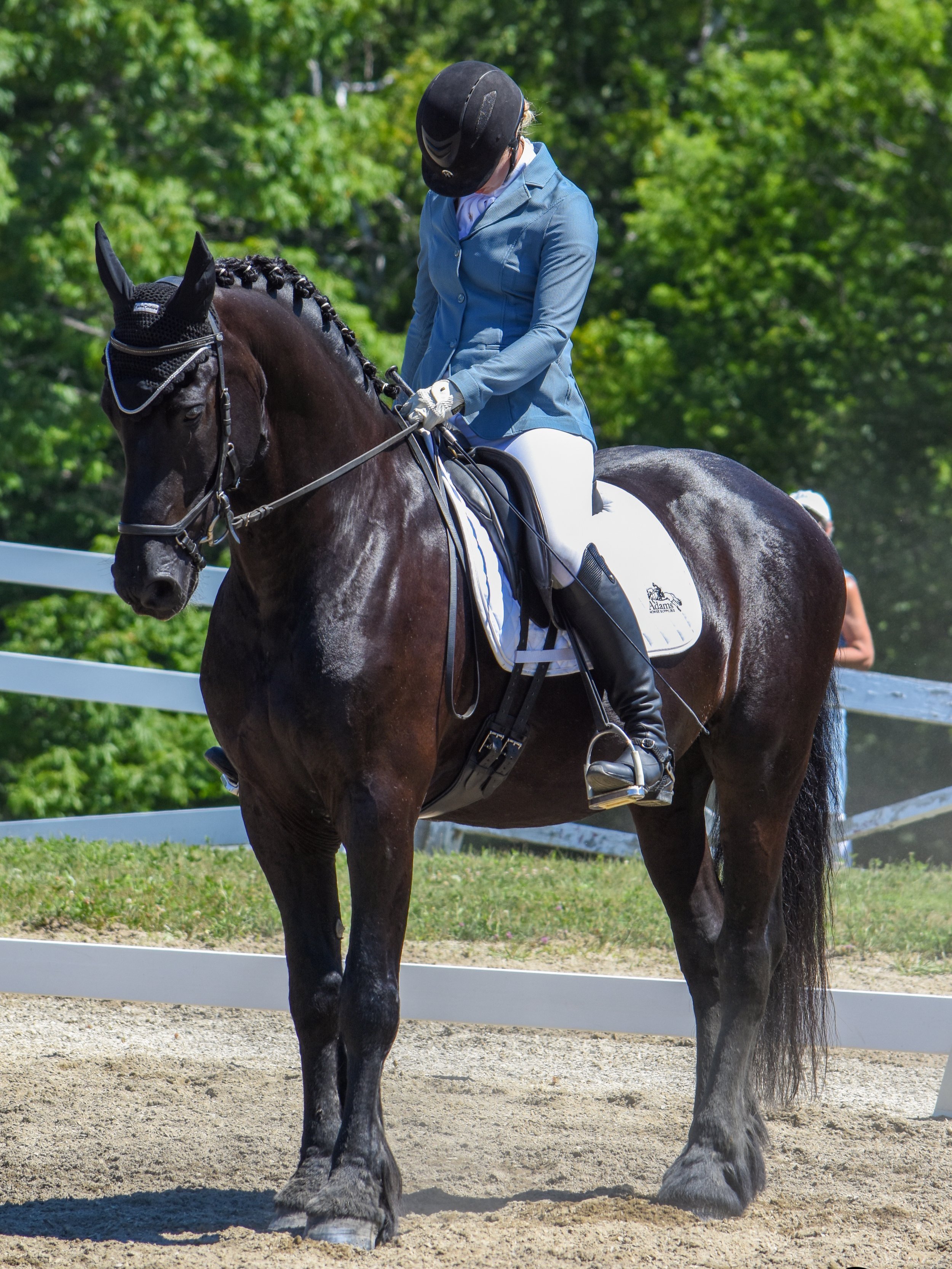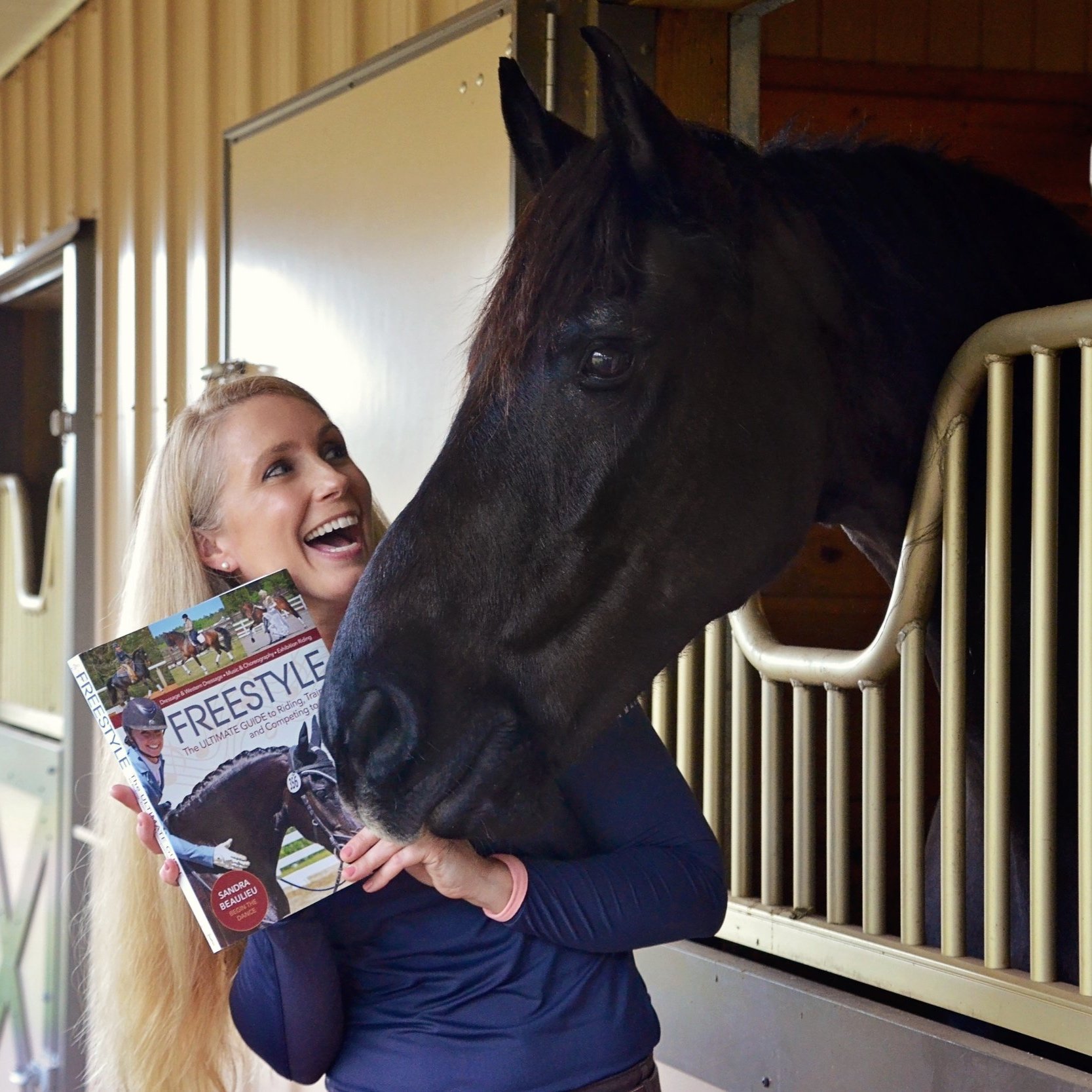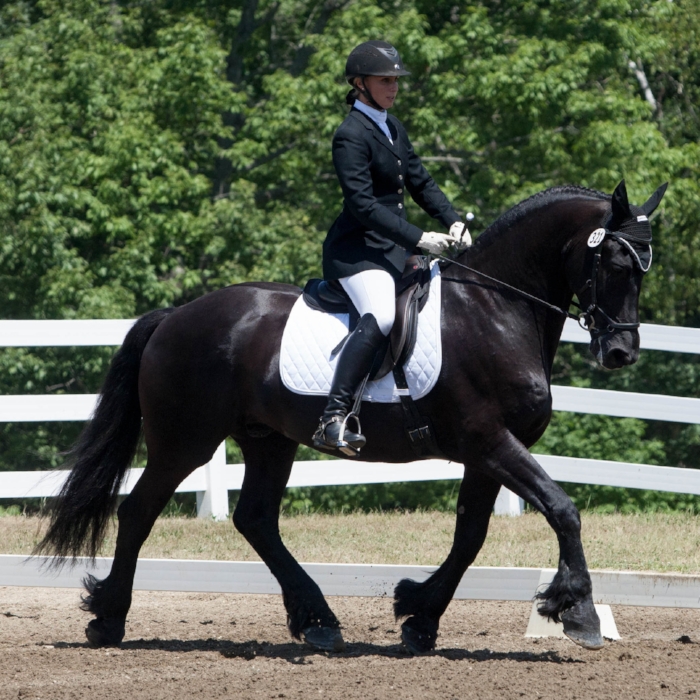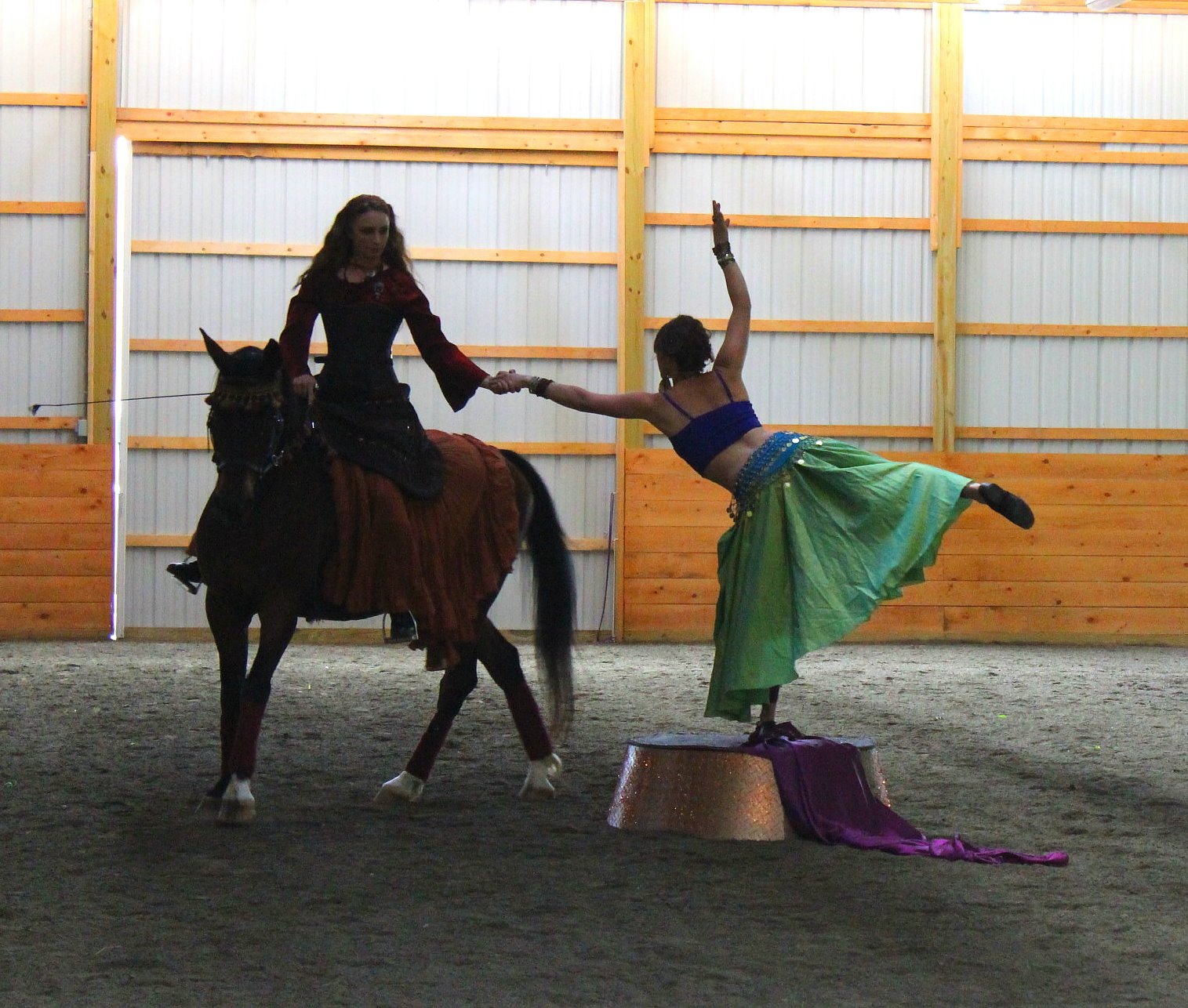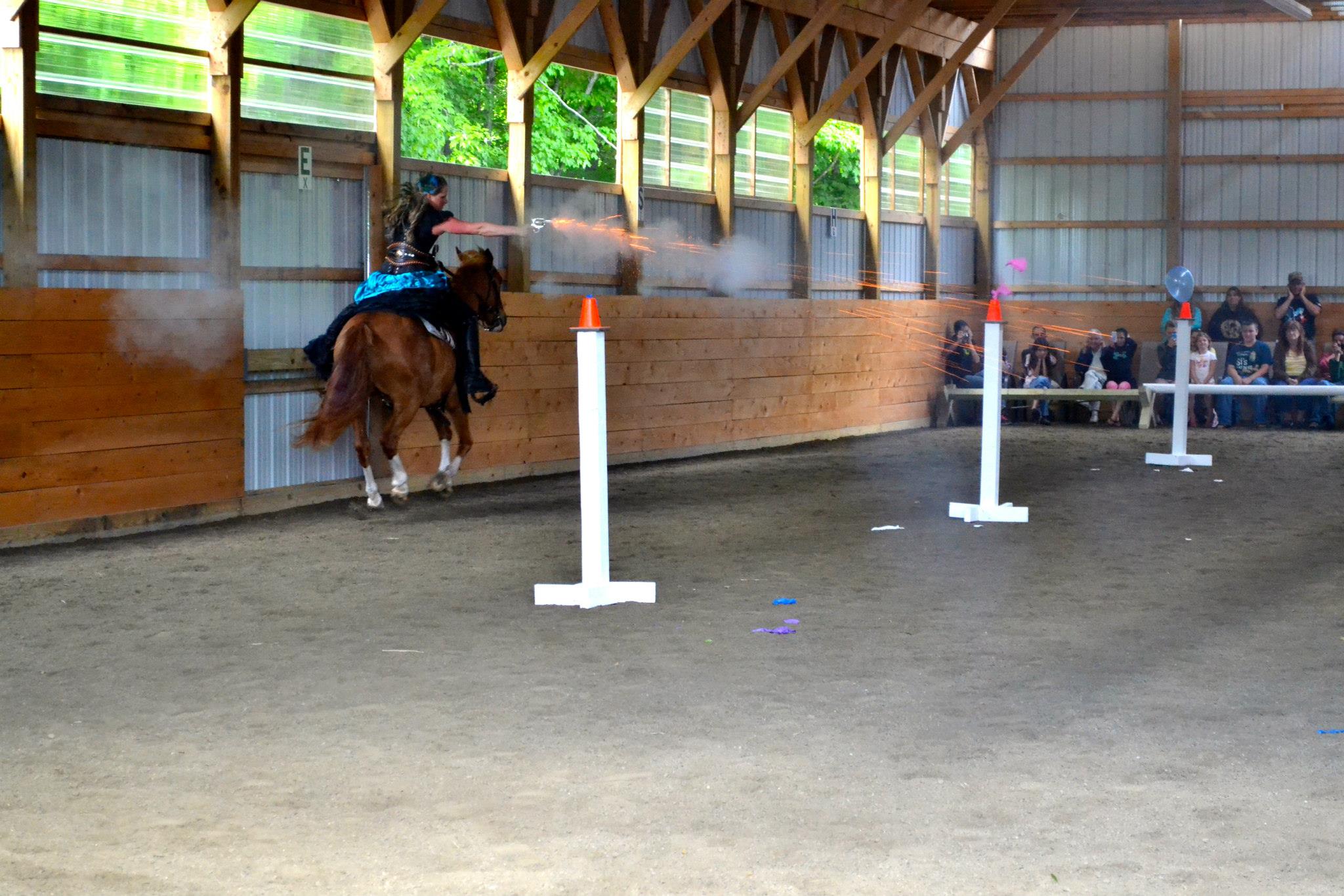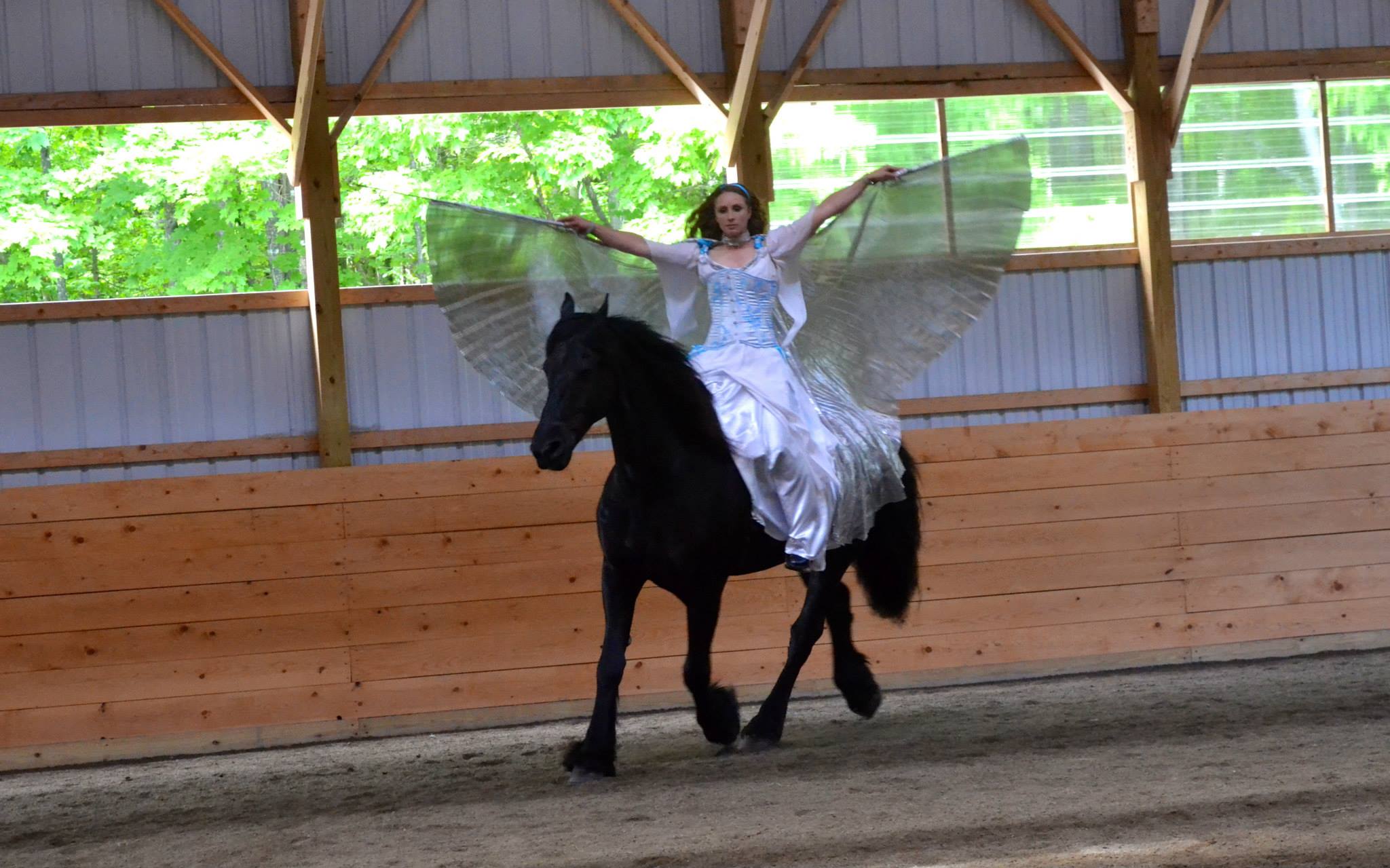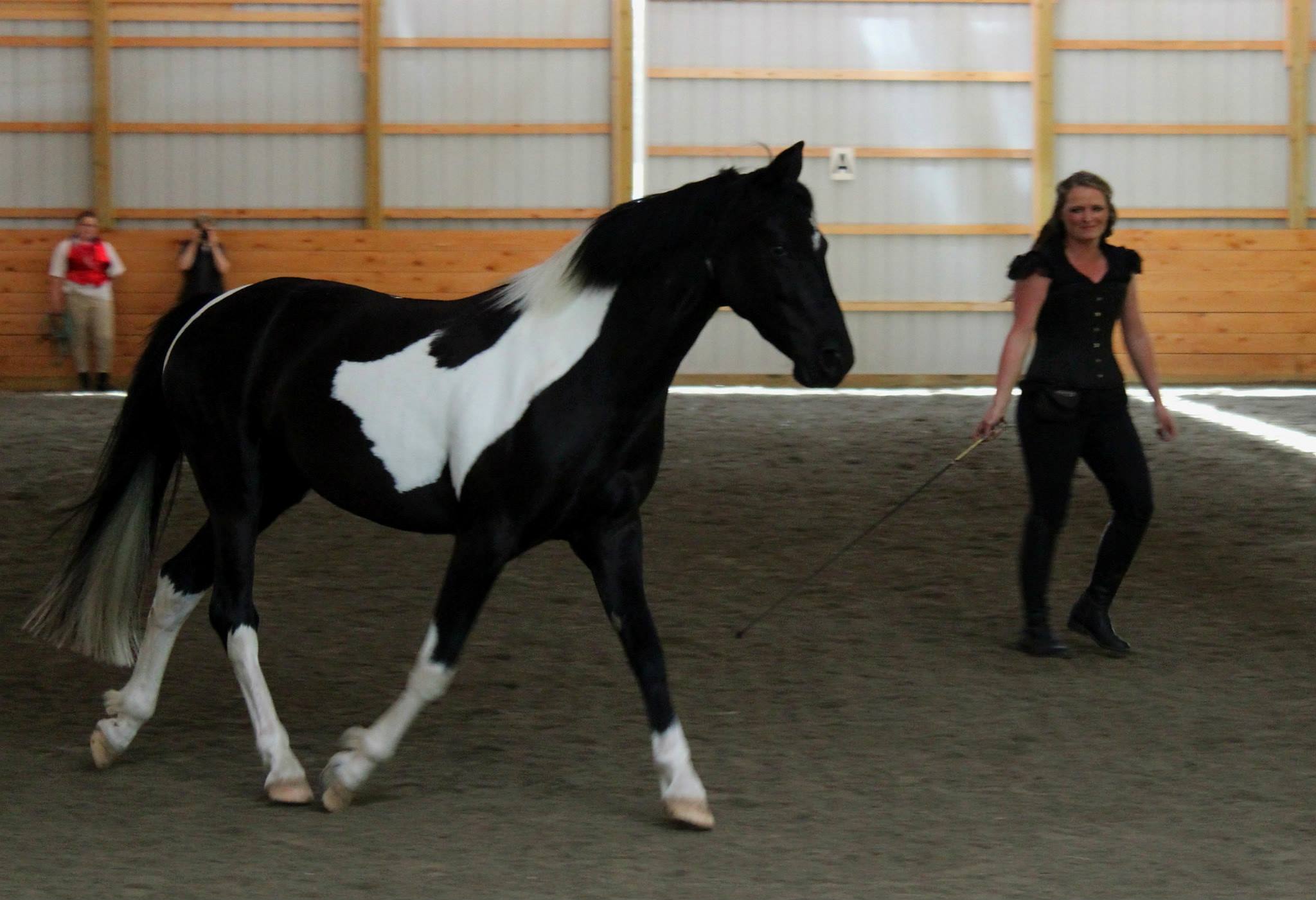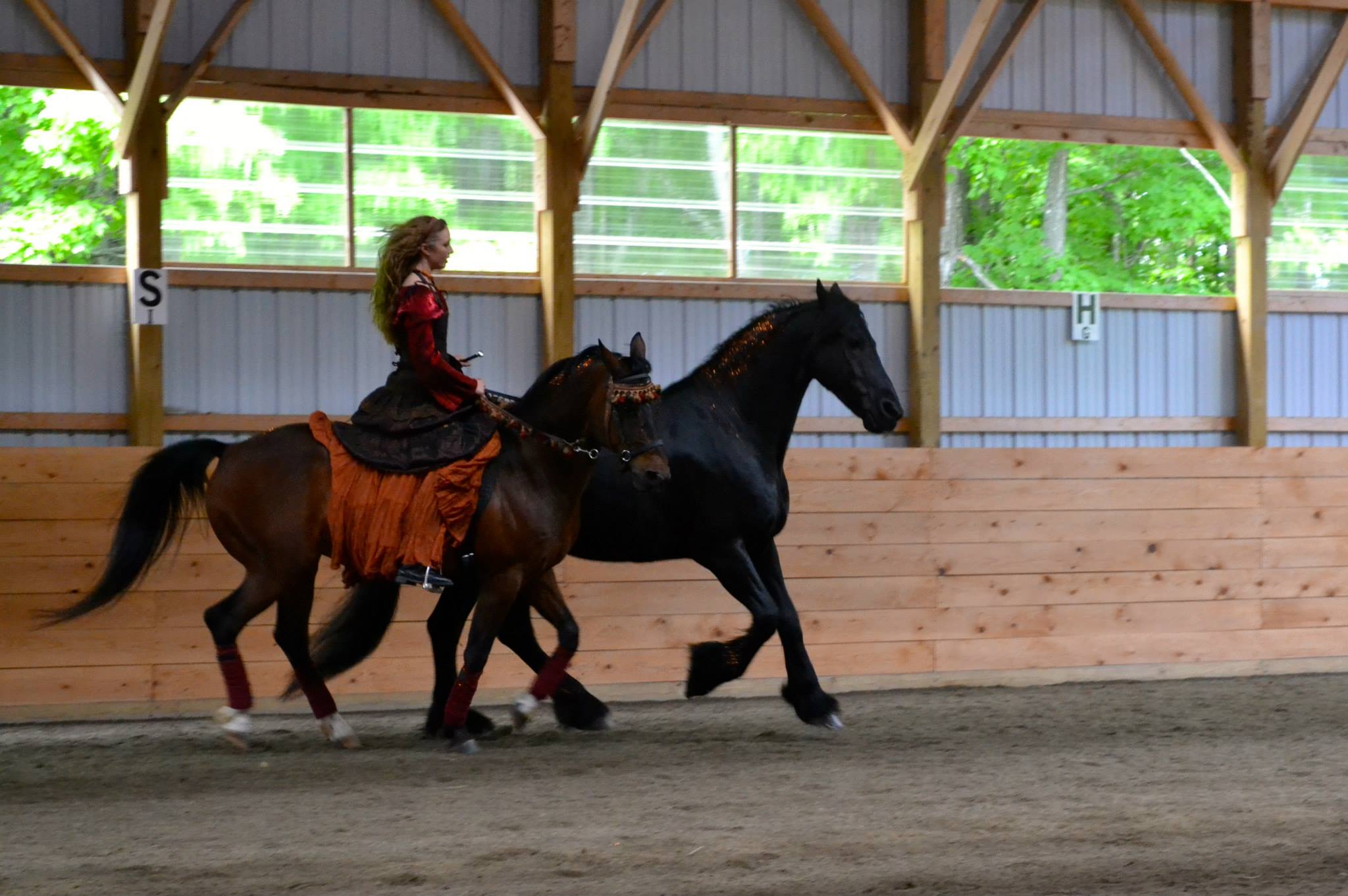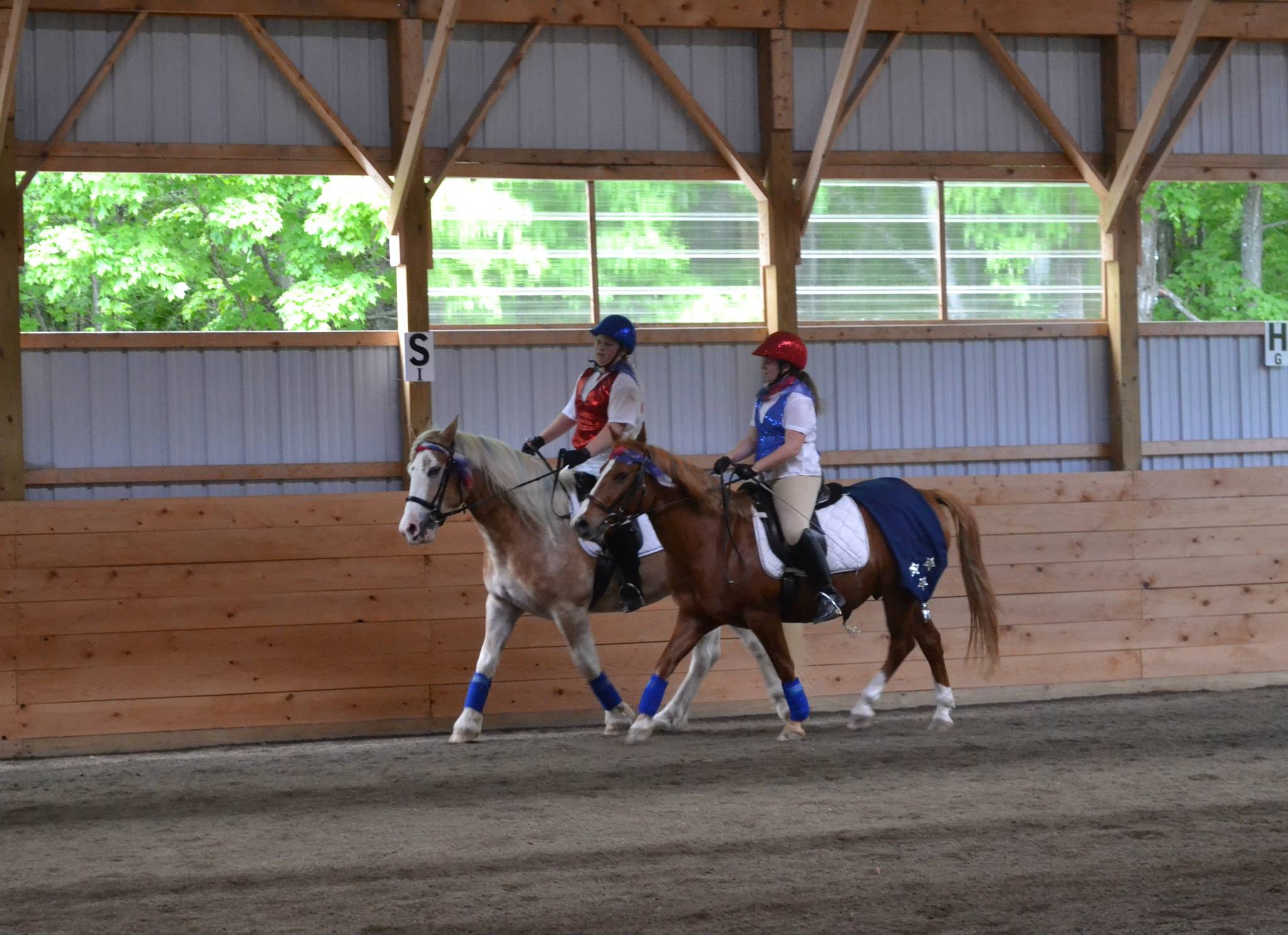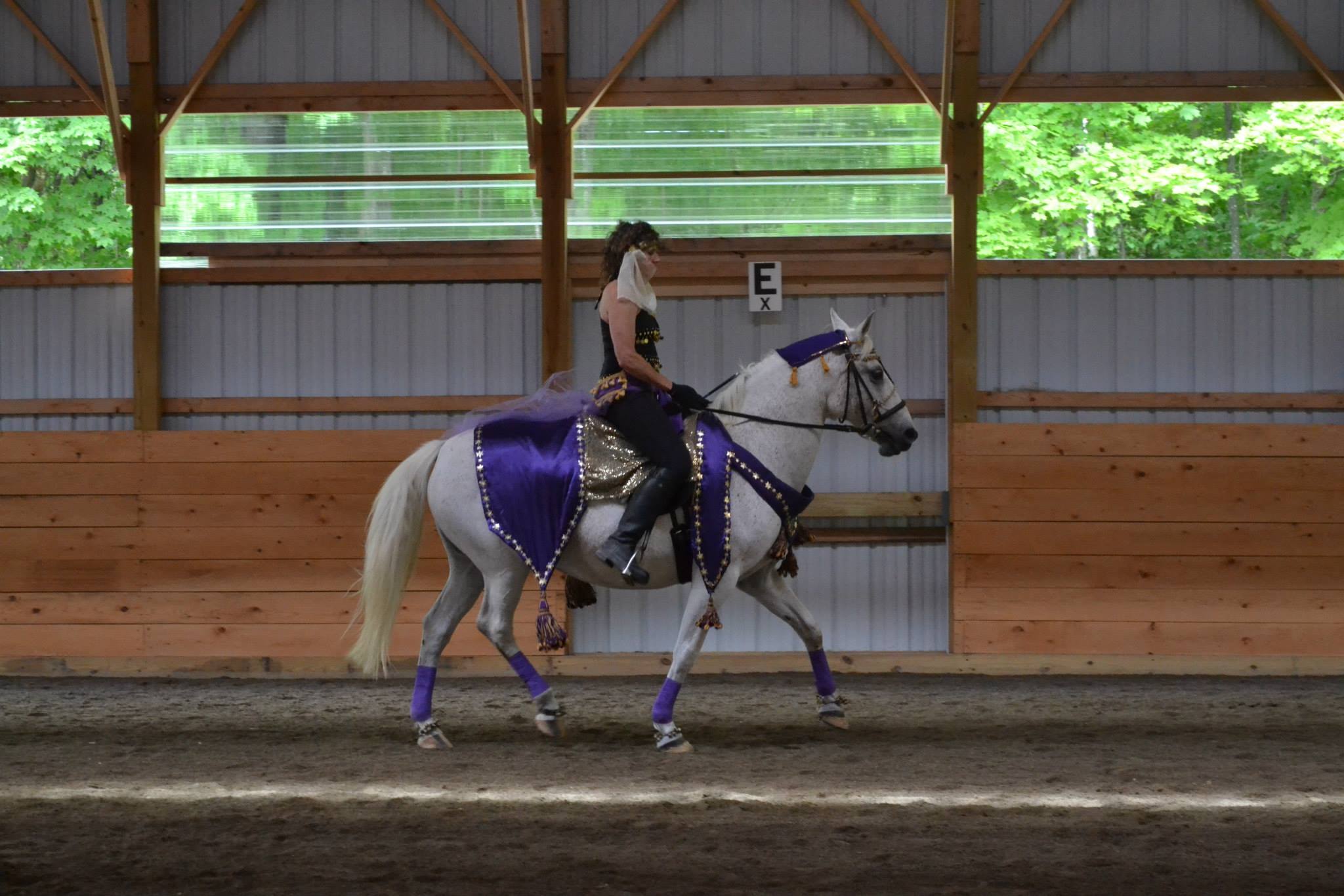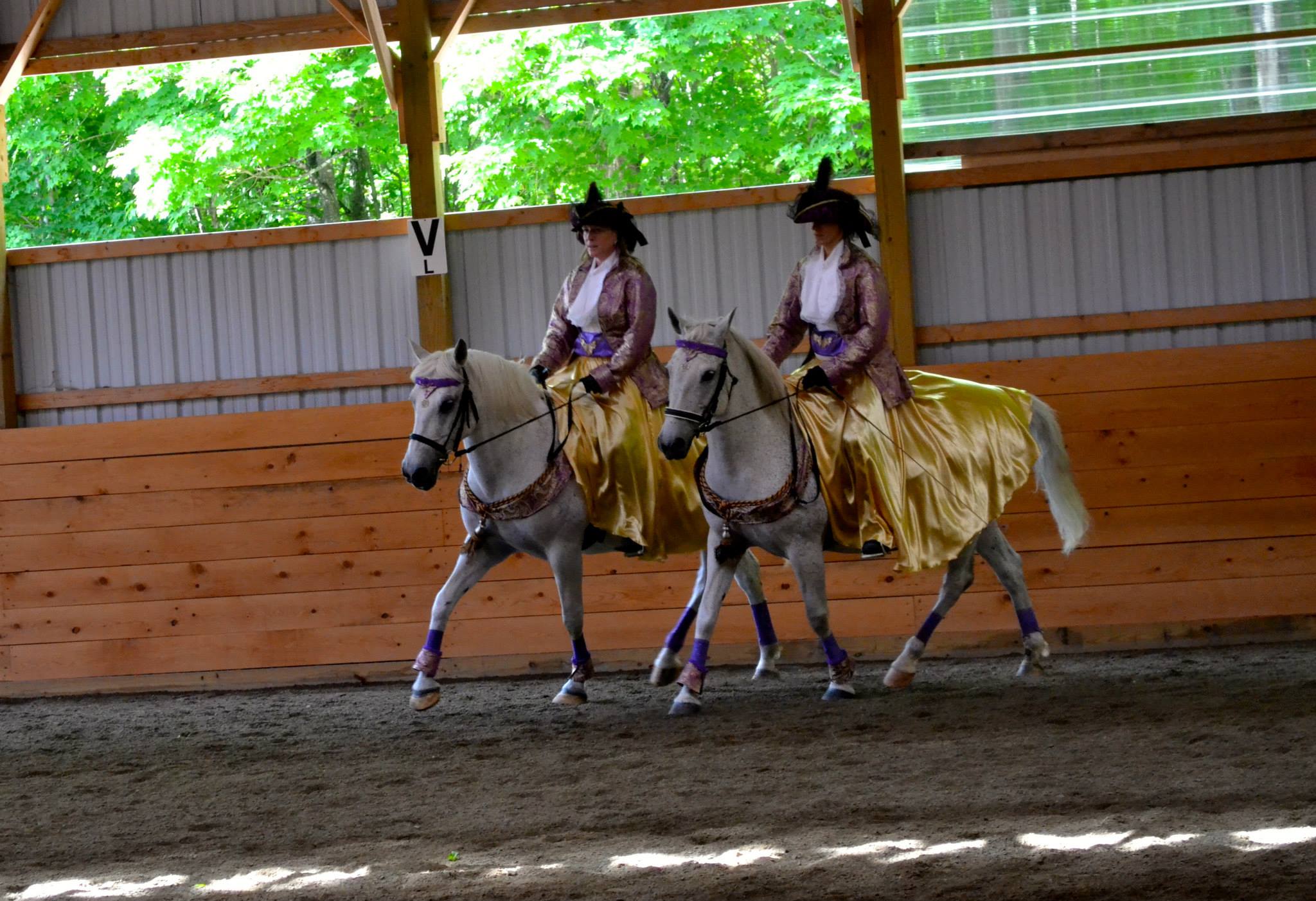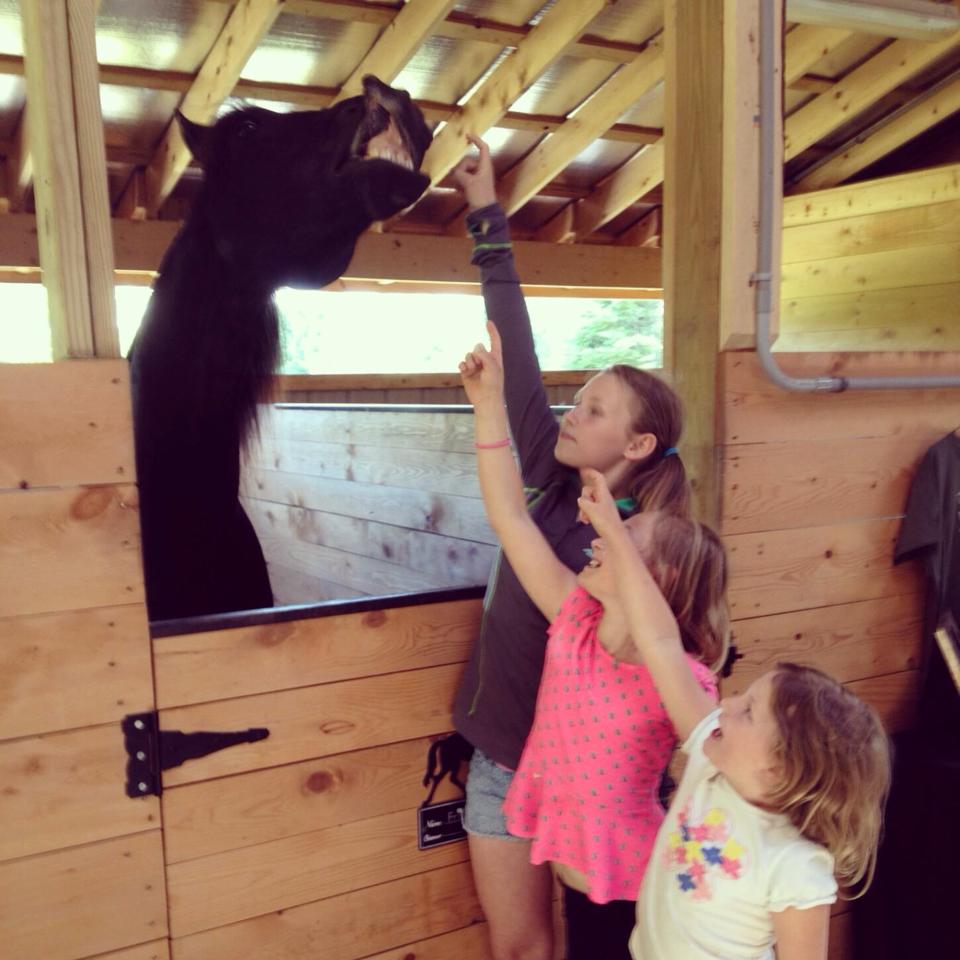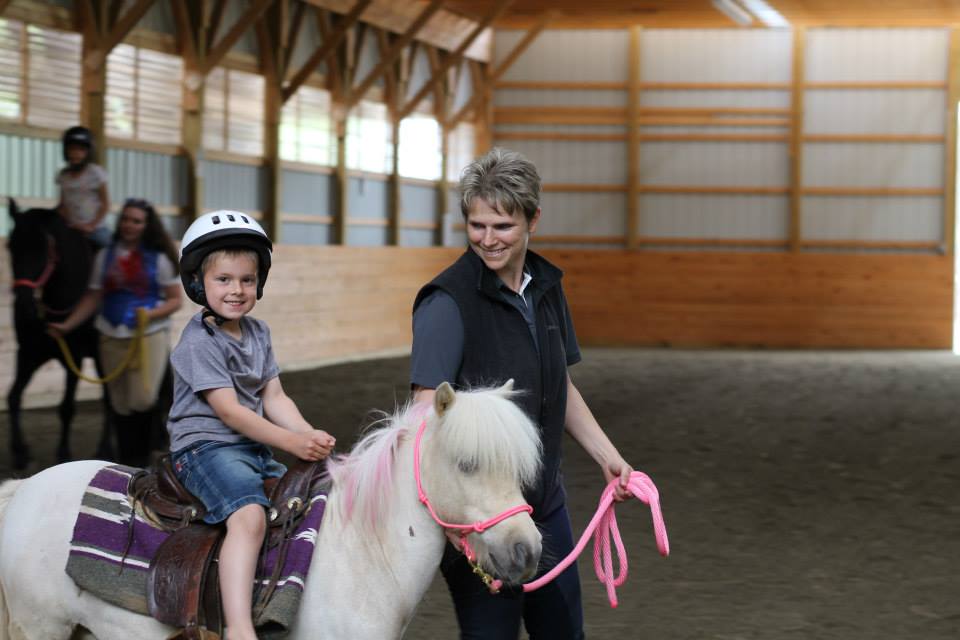Where to Find Your Dressage Musical Freestyle Test Online
/How exciting! You’ve decided to create a dressage musical freestyle! 🎶 Getting started can feel overwhelming, but not to worry, I’m here to help. One of the first steps of creating a musical freestyle is locating your freestyle test.
Below you will find the links to all the different freestyle tests, including the United States Dressage Federation (USDF) tests, the Western Dressage Association of America (WDAA) tests, and the Federation Equestre Internationale (FEI) tests.
ashley bizelli reviews her freestyle test. Click here to find the dressage tests for USDF Training - Fourth Level. photo credit kimberly chason.
Links to your Freestyle Test Sheet
On the USDF website you can find the information for Training level - 4th Level freestyles.
CLICK HERE FOR THE USDF FREESTYLE TESTS 👈🏼
If you’re planning to create a Western Dressage freestyle, head on over to the WDAA website where you will find the tests for Intro - 5th Level.
CLICK HERE FOR THE WDAA FREESTYLE TESTS 👈🏼
The FEI website contains the freestyle test information for Pony Riders, Juniors, Young Riders, Intermediate I, Intermediate A/B, and Grand Prix.
Marsha Sapp and Dream review their Western dressage test. Click here for the WDAA freestyle tests. Photo credit KIMBERLY CHASON.
Freestyle Test Tips
Once you’ve located the test for your chosen level and discipline I recommend downloading and printing a copy to work with. Or save a copy to your phone. Your test includes a lot of necessary information for creating a freestyle, such as:
Required Movements (technical marks)
Movements that are “allowed” and “forbidden”
Artistic marks
Time Limits
Information about music failures, errors, and eliminations
Keep your dressage test close by as you go through the choreography and editing process to make sure you include all the required movements and stay under your time limit. 🎶
Meet the Author
Hello! My name is Sandra Beaulieu. ⭐️ I have created a variety of resources to help you create the freestyle of your dreams. Learn how to do-it-yourself with my Freestyle Book, Choreography e-Books, or the Dressage Freestyle Academy (online course).
Or…I can do it for you with a Custom Freestyle or Music Editing. But first, make sure to sign up for my Freestyle Freebies and stay in touch with me! I would to be a part of your freestyle journey. 😀
Download My Free Resources
Stay organized with these handy Checklists, Worksheets, and begin sketching choreography with my Blank Arena Diagram Page.
Browse my Freestyle Book Store
Learn how to create a musical freestyle from start to finish or choose an e-Book with choreography ideas just for your level.
Click here to view all Freestyle Books & e-Books.
